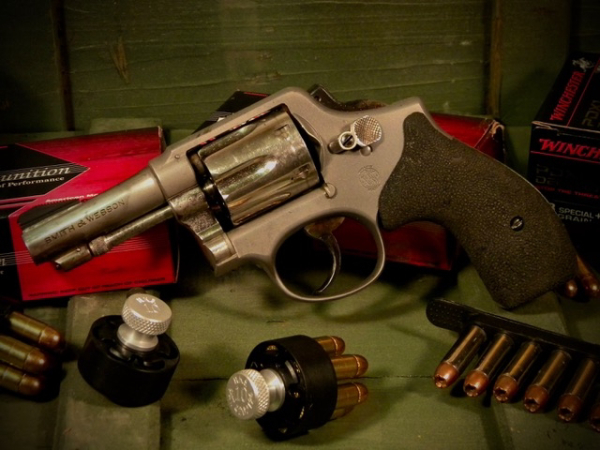
When considering any gear the first thing to think about is context, especially defensive related equipment. What’s the context, or application for this piece of kit; how do you plan to use it? Context also includes considering the conditions – environmental factors – under which you’ll be using the equipment. Self-defense is a serious endeavor, and all gear must be considered based on its merits for the context and conditions.
Our application is self-defense. Most of us are not law-enforcement, although the same principles apply. Military context - aggressive, combative actions – is a world away from what the majority of us need. Our job is to defend ourselves and family, and others we’re responsible for against a violent, aggressive attack. The thing is, if we pay attention and can avoid or escape the danger we may never need our defensive skills and gear. But, being realists, we acknowledge that danger can happen anytime, anywhere. So, you gotta be ready.
This means when danger occurs, whatever you have is what you fight with. The large capacity weapon with all the bells and whistles that stays in the safe won’t do you much good. Most likely it’s the smaller frame semi auto or revolver on your side, ankle or in a pocket that you’ll be using. In other words, when considering a defensive weapon think about carrying it every day, everywhere you go.
The attack will likely occur during low-light conditions, with the threat at fairly close range. The small fine target sights on your pistol that allow you to shoot really small groups on the range – in the daylight – aren’t going to be a good choice when it’s dark, and both you and the threat are moving. You need sights that are easy and quick to acquire under all conditions. “What about tritium sights,” you ask? I’m a big fan of tritium front sights, the bigger the better – XS Dot sights - but prefer plain, black rear sights. I know with a consistent grip that if the front sight is on target – again at the ranges we’re talking about – I’m going to get a good hit.
Maybe it’s raining. My advice is to go to the range under adverse conditions – cold, hot and rainy weather. There are some materials, especially synthetics that get slippery when wet. It’s cold out, so you’re wearing gloves. Does your weapon and gloves allow you to draw, shoot and manipulate your weapon? Again, all your equipment must fit the anticipated context and conditions.
Context applies to long guns and carbines too. You’re not going to be engaging a threat that’s three or four hundred yards out. This will be very difficult to justify. The vast majority of rifle/carbine defensive situations is still within handgun distance. Again, just like with handguns, you need sights that are quick to acquire, which means no magnification. And, since it’s likely to be dark, don’t forget to equip your long gun with a source of light.
The ultimate goal is simple, lightweight and reliable. The path to this is through considerable consideration of context – application and conditions. Then, like always, be sure to get in plenty of practice, under all conditions.
Tiger McKee is director of Shootrite Firearms Academy, which is celebrating its twenty-fifth anniversary. He is the author of The Book of Two Guns, AR-15 Skills and Drills, has a regular column in American Handgunner and makes some cool knives and custom revolvers. Visit Shootrite’s Facebook page for other details.